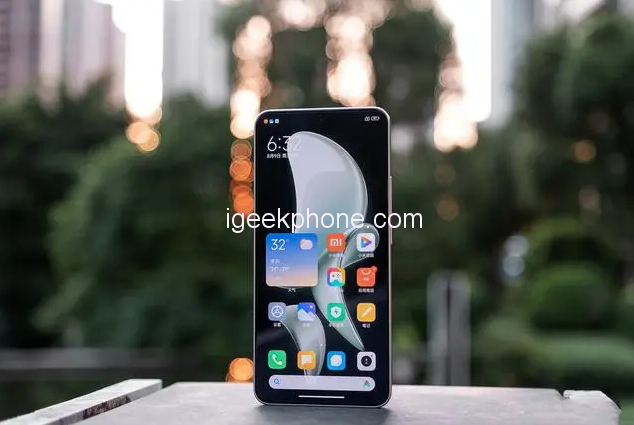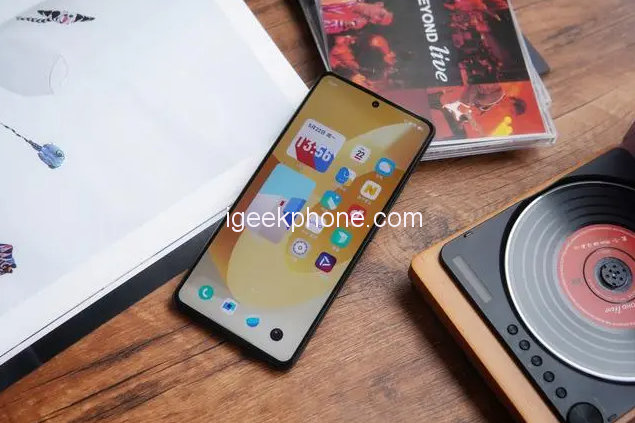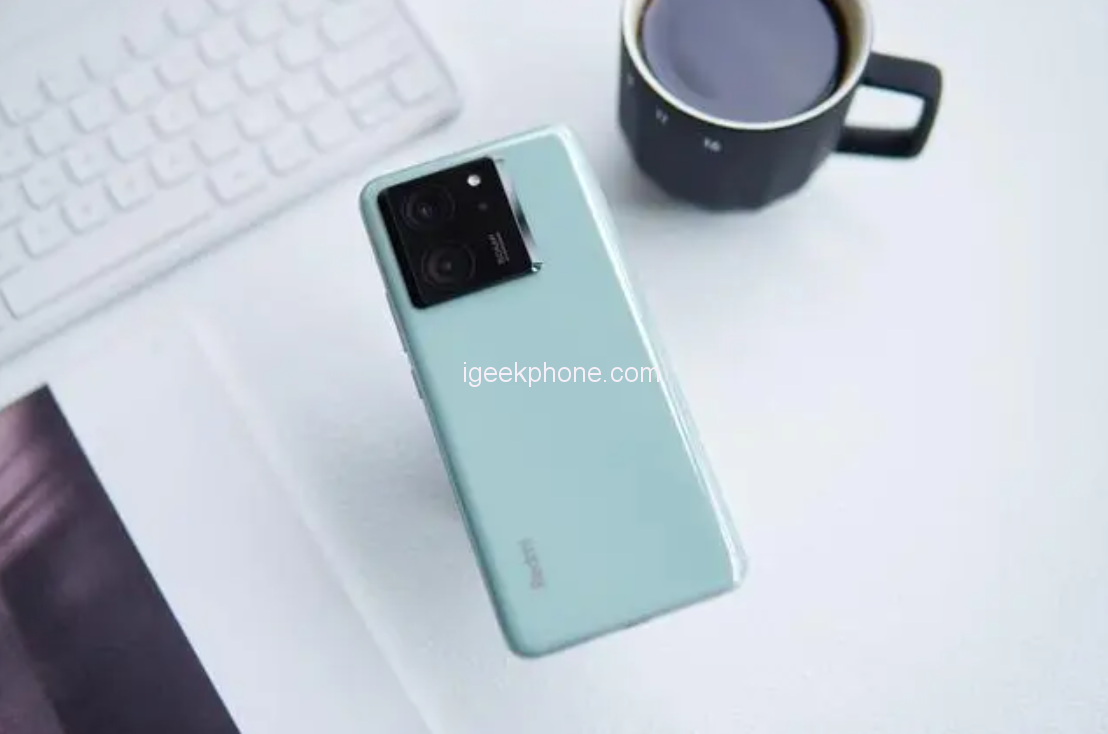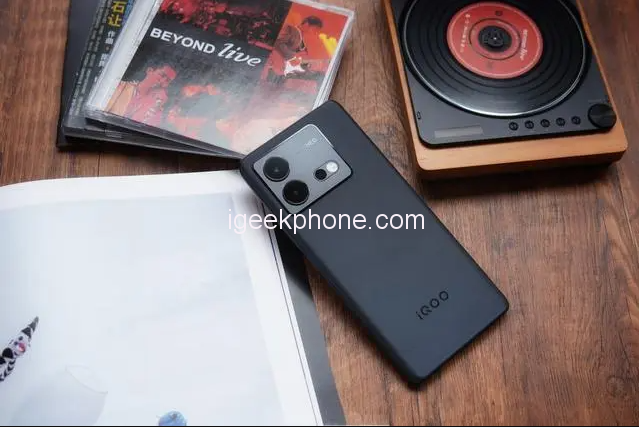The iQOO Neo 8 Pro and Redmi K60 Ultra are both equipped with the Dimensity 9200+ processor. Despite their nearly identical prices and relatively similar configurations, the iQOO Neo 8 Pro takes precedence among the two models.
Regarding hardware, both phones employ the MediaTek Dimensity 9200+ processors. While the Redmi K60 Ultra was launched later and boasts a more refined performance tuning, its advantage is amplified by the incorporation of the X7 independent display chip. This addition enhances gaming frame rates through frame insertion and also impacts video quality to some extent.
However, the iQOO Neo 8 Pro also leverages the V1+ imaging chip to emulate the effects of an independent display chip. Moreover, it supports features like dual pressure sensitivity under the screen and dual X-axis motors. Consequently, the gaming experience on the iQOO Neo8 Pro is on par with the Redmi K60 Ultra.
Moving to display capabilities, the iQOO Neo8 Pro showcases a 6.78-inch OLED screen with direct-facing capabilities. It supports a 144Hz refresh rate, boasts a 2800X1260 resolution, accommodates 1.07 billion colors, and employs 2160Hz high-frequency PWM dimming. These features position it well within its price range.
On the other hand, the Redmi K60 Ultra employs a 6.67-inch OLED direct-facing screen that also supports a 144Hz refresh rate. It embraces a 12-bit color display, incorporates 2880Hz high-frequency PWM dimming, and reaches a peak brightness of 2600nit. These attributes grant it superior color and brightness performance, with enhanced eye protection for a user-friendly experience.
Regarding cameras, the iQOO Neo8 Pro possesses one fewer macro lens compared to the Redmi K60 Ultra. However, the primary difference lies in the decorative impact of this lens, often referred to as a cosmetic lens.
The Redmi K60 Ultra features a 20-megapixel front-facing high-definition selfie camera, alongside a rear-mounted camera setup consisting of a 50-megapixel main camera equipped with the same IMX800 sensor as the Mi 13, an 8-megapixel wide-angle lens, and a 2-megapixel macro lens. In comparison, the iQOO Neo 8 Pro boasts a 16-megapixel front camera and a 50-megapixel main camera equipped with the Sony IMX866V sensor. This setup is complemented by an 8-megapixel wide-angle lens. The differences in lens specifications are relatively minor, with the major contrast lying in color styles. The disparity is most noticeable in well-lit environments during the day. While both phones deliver natural clarity and color performance, the Redmi K60 Ultra struggles with highlights in night scenes. Given that the iQOO Neo 8 Pro incorporates an additional imaging chip, its performance is more natural and closer to reality.
Regarding battery capacities, both the iQOO Neo 8 Pro and Redmi K60 Ultra opt for a 5000mAh battery accompanied by 120W flash charging. Balancing battery life and charging capabilities, the iQOO Neo 8 Pro stands out for its sleeker, lighter design and premium texture. On the contrary, the Redmi K60 Ultra offers the advantage of IP68 dust and waterproof certification. This distinction warrants consideration if such functionality aligns with your needs.
In conclusion, with the recent price reduction of the iQOO Neo8 Pro, it now matches the price of the equivalent storage version of the Redmi K60 Ultra. Enjoying advantages in gaming and camera scenarios, the iQOO Neo 8 Pro presents a higher cost-to-performance ratio. Conversely, the Redmi K60 Ultra excels in screen quality and waterproofing. Users seeking these specific features should give it due consideration.
Read Also: Top Smartphones wit Snapdragon 8 Gen1 Around $500, August 2023









